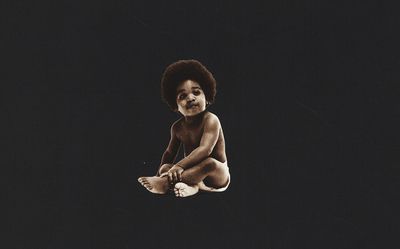

It has been listed as among the best album covers in hip hop. The album was released with a cover depicting an infant resembling the artist, though sporting an afro, which pertains to the album's concept of the artist's life from birth to his death. Between the two stages, XXL writes that Biggie moved from writing his lyrics in notebooks to freestyling them from memory. In this stage, the more commercial-sounding tracks of the album were recorded, including the album's singles. After a brief period dealing drugs in North Carolina, Biggie returned to the studio the following year on Combs' new Bad Boy Records label possessing "a smoother, more confident vocal tone" and completed the album. When executive producer Sean "Puffy" Combs was fired from Uptown, Biggie's career hung in limbo, as the album was only partially completed. In these sessions, XXL magazine describe an "inexperienced, higher-pitched" Biggie sounding "hungry and paranoid". The first tracks recorded include the album's darker, less radio-friendly content (including "Ready to Die," "Gimme the Loot" and "Things Done Changed").īiggie started recording his debut album in 1993 in New York, after making numerous guest appearances among his label-mates' singles around that time. In 1992, Biggie was signed to the Uptown Records label by A&R Sean "Puffy" Combs. In 1994, Biggie was 21 years old when he recorded the album.


The album was recorded in New York City (mainly at The Hit Factory) in two stages during 19.


 0 kommentar(er)
0 kommentar(er)
